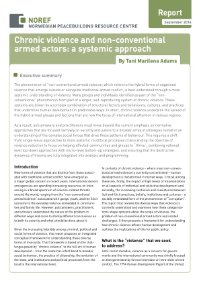By Timothy Coupe and Max Griffiths
Residential burglary can be regarded as one of the most serious crimes, since, as well as being one of the more common forms of criminal behaviour, it also intrudes into the home and damages feelings of personal security, peace of mind and well-being. Because of this, it often has an impact on its victims, and others who fear burglary, that is out of proportion to the value of the property that is stolen. It is, therefore, important that residential burglary detection rates should be improved. As well as reducing the numbers of existing offenders at large, this should also serve to deter others contemplating burglary. Fewer burglaries should also ease public anxiety, and moderate home insurance costs which have risen sharply during the last decade. The purpose of this research was to identify ways of improving burglary detection rates, while maintaining, and, where possible, improving the quality of service provided to victims by the police. It involved the study of police operations, the offenders, the victims and their perceptions, the burgled dwellings and the property stolen, and the residential environment. It was concerned with how the police allocate resources and time to the investigation of residential burglaries, and with assessing the relative contribution of proactive and reactive policing (Audit Commission, ACPO & HMIC, 1993) to their detection. The principal objective was to assess the scope for adjusting existing operational procedures in order to optimise human resource deployment and primary detection rates, without degrading the victim’s perception of police effectiveness. The findings illustrate how police actions during the course of burglary investigations influence the victims’ view of the service they provide and form the basis for recommending appropriate indicators for monitoring the quality of policing provision in terms of the service provided to victims.
London: Home Office, Police Research Group: 1996. 53p.





















